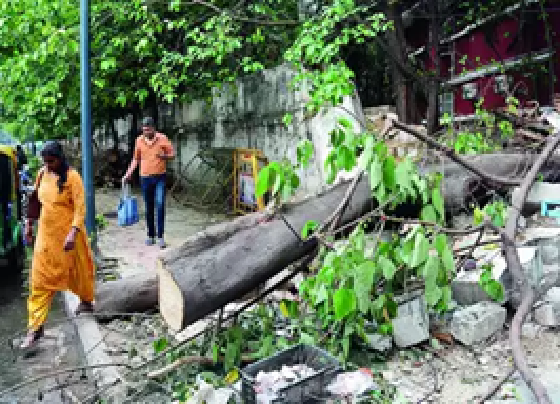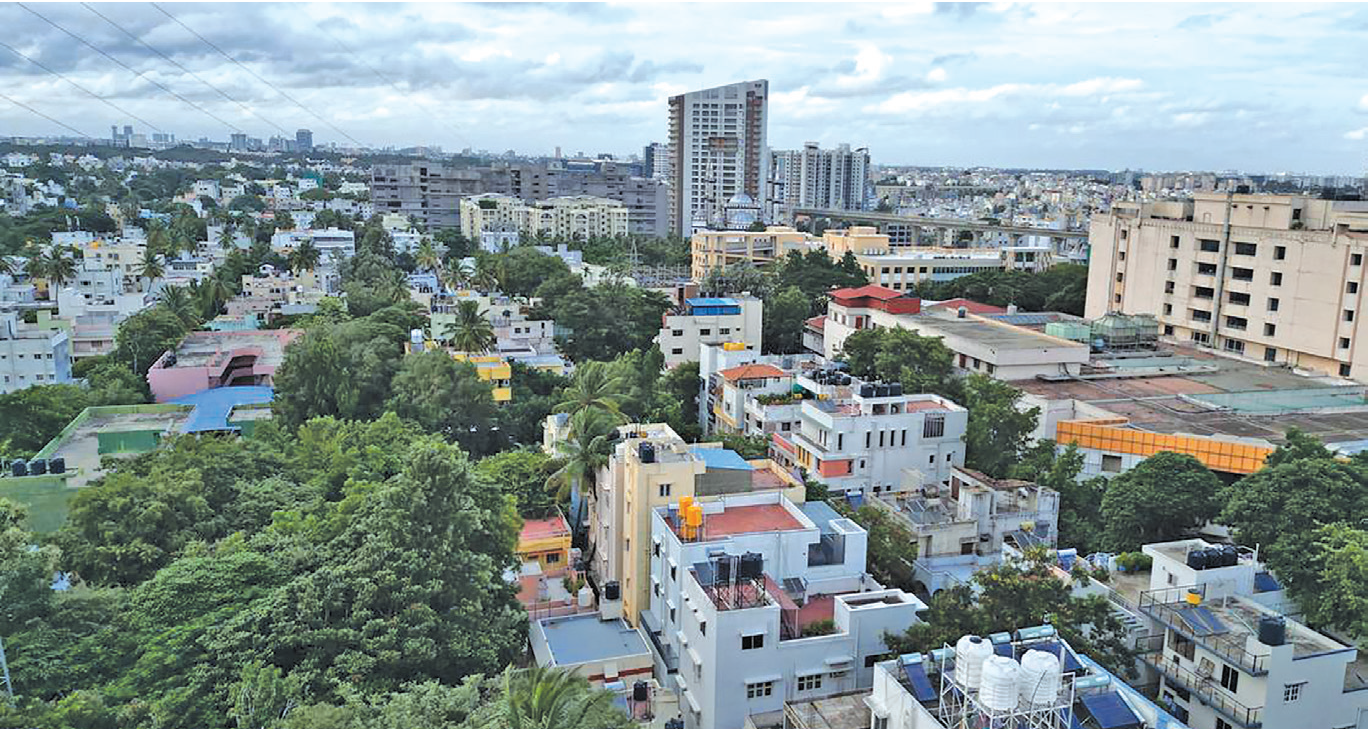
Put people, livelihoods at the core
When people think of the impact of climate change, they likely think of natural disasters – the floods in Uttarakhand that brought its Kumaon region to a standstill 10 days ago; the severity of the 2015 Marathwada drought or last year’s cyclone Amphan, which affected close to 44.5 lakh people.
But climate change is not just about global warming or disasters. It’s about agriculture, livelihoods, community health, sanitation and more.
As India goes into the UN Climate Change Conference (COP26), slated to be held in Glasgow till Nov 12, it is worth understanding what climate change means to vulnerable communities in our country and what it will take for them to build their resilience in the face of repeated onslaughts, year after year.
If we consider farmers, what does tilling land and food security in drought prone areas look like? With fisher folk, how does one plan for good fishing practices so that fish species don’t go extinct and impact the long term livelihoods of coastal fishing communities?
Most of these are not part of any global – or even national – climate conversation, but they are all first-order impacts of climate change which aren’t being solved for.
It is estimated that approximately 50 million people in India could enter into poverty by 2040 as a result of climate change. This isn’t only because of, for example, the increase in the number of cyclones. In fact, India’s GDP could contract by between 2.5 – 4.5% by 2030 if we do not address the decline in agricultural activity and rising sea levels that climate change is causing. Between 2017 and 2019 alone, floods and landslides have affected about 18 million hectares of farmland in the country.
The need to protect communities and natural habitats
One of the goals of the COP26 this year is adapting to protect vulnerable communities and ecosystems. To do this effectively in India, we need to look at three factors: risk management, community preparedness and government participation.
Risk mitigation refers to plans and strategies to prepare for and lessen the risks faced by communities as a result of climate change. For risk mitigation, we need to have a collaborative approach. No one person has the answer to any problem and this is especially true when the problems are as complicated as climate, community resilience and disaster management. We need to look at the big mistakes we have made in the past that have brought us to where we are today.
In terms of community participation, we need, first and foremost, to ensure that we listen to the most vulnerable populations and factor in their voices and lived experiences in our solution design. Today, those of us with resources are not listening to communities enough and the fact is, community preparedness is not just going to magically happen. Grassroots communities are suffering. Preparing them for disasters will mean that we have to enable their capacity to respond, in advance, to consequences that we don’t even see right now.
Lastly, we need to ensure that any policies we create keep the voices of the communities at their centre. Given India’s geographic diversity alone, we know that interventions cannot be rushed; they need to be created with people’s consent and delivered to them with their participation. Governments must also think of deploying resources beyond immediate relief, rescue and rehabilitation. Moreover, we need good communication, alert systems and behaviour changes to make sure that those resources are delivered collaboratively.
If we focus on the above three factors, we will be able to create synergies between governments and non-profits who will engineer efforts on the ground.
Importantly, we need to start applying a climate lens to the work we already do, because climate does – and will continue to – cut across every developmental theme, be it agriculture, water, education, health or rights.
(Naghma Mulla is CEO at EdelGive Foundation, and supports education for children and empowerment of women. This article first appeared in The Wire)
 English daily published in Bengaluru & Doha
English daily published in Bengaluru & Doha






